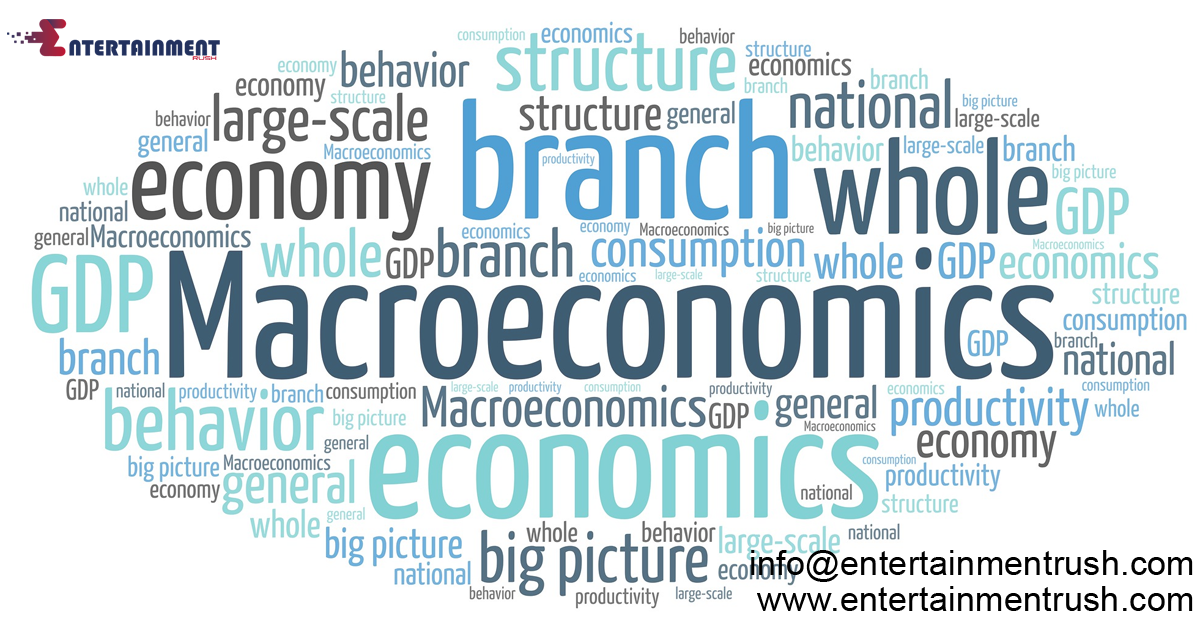Macroeconomics, the study of the economy as a whole, plays a pivotal role in shaping government policies, business decisions, and the well-being of society. In this blog, we’ll embark on a journey to decipher the essential concepts of macroeconomics within the context of the United States. From understanding the determinants of economic growth to exploring the intricacies of monetary and fiscal policy, we’ll delve into the fundamental principles that govern the macroeconomic landscape.
Gross Domestic Product (GDP):
At the heart of macroeconomic analysis lies Gross Domestic Product (GDP), which measures the total value of goods and services produced within a country’s borders over a specific period. As a barometer of economic activity, GDP provides insights into the health and trajectory of the economy, serving as a yardstick for assessing living standards, productivity, and overall economic performance.
Unemployment:
Unemployment, another key metric in macroeconomics, reflects the proportion of the labor force that is actively seeking employment but unable to find work. High levels of unemployment not only represent underutilized resources but also impose significant social and economic costs, including lost income, reduced consumer spending, and diminished human capital formation.
Inflation and Price Stability:
Inflation, the rate at which the general level of prices for goods and services rises, is a critical consideration in macroeconomic analysis. While moderate inflation is conducive to economic growth and investment, runaway inflation can erode purchasing power, distort price signals, and undermine consumer confidence. Maintaining price stability, therefore, is a primary objective of monetary policy, as central banks strive to strike a balance between inflation and growth.
Monetary Policy:
Central to macroeconomic management is monetary policy, which involves the manipulation of interest rates, money supply, and credit conditions to influence economic outcomes. Through tools such as open market operations and reserve requirements, central banks like the Federal Reserve in the United States seek to achieve objectives such as price stability, full employment, and sustainable economic growth.
Fiscal Policy:
Complementing monetary policy is fiscal policy, which pertains to the government’s use of taxation and spending to influence aggregate demand and stabilize the economy. During periods of economic downturn, policymakers may enact expansionary fiscal measures, such as tax cuts and increased government spending, to stimulate demand and spur growth. Conversely, during periods of overheating, contractionary fiscal policies may be employed to curb inflation and prevent overheating.
Trade and Exchange Rates:
In an increasingly interconnected global economy, trade and exchange rates play a crucial role in shaping macroeconomic outcomes. The United States, as a major player in international trade, is affected by fluctuations in exchange rates, trade imbalances, and shifts in global demand. Policies aimed at promoting free trade, reducing trade barriers, and fostering competitiveness are essential for enhancing economic efficiency and promoting growth.
Income and Wealth Distribution:
Macroeconomics also examines issues of income and wealth distribution, addressing questions of equity, social justice, and economic inequality. Disparities in income and wealth distribution can have profound implications for social cohesion, economic mobility, and long-term prosperity. Policies aimed at promoting inclusive growth, investing in human capital, and addressing structural barriers can help mitigate inequalities and promote a more equitable society. In navigating the complexities of the macroeconomic landscape, understanding key concepts and principles is essential for policymakers, businesses, and individuals alike. By deciphering the intricacies of GDP, unemployment, inflation, monetary and fiscal policy, trade, and distributional issues, we can gain deeper insights into the dynamics of the economy and chart a course toward sustainable growth and prosperity in the United States and beyond.




Leave feedback about this